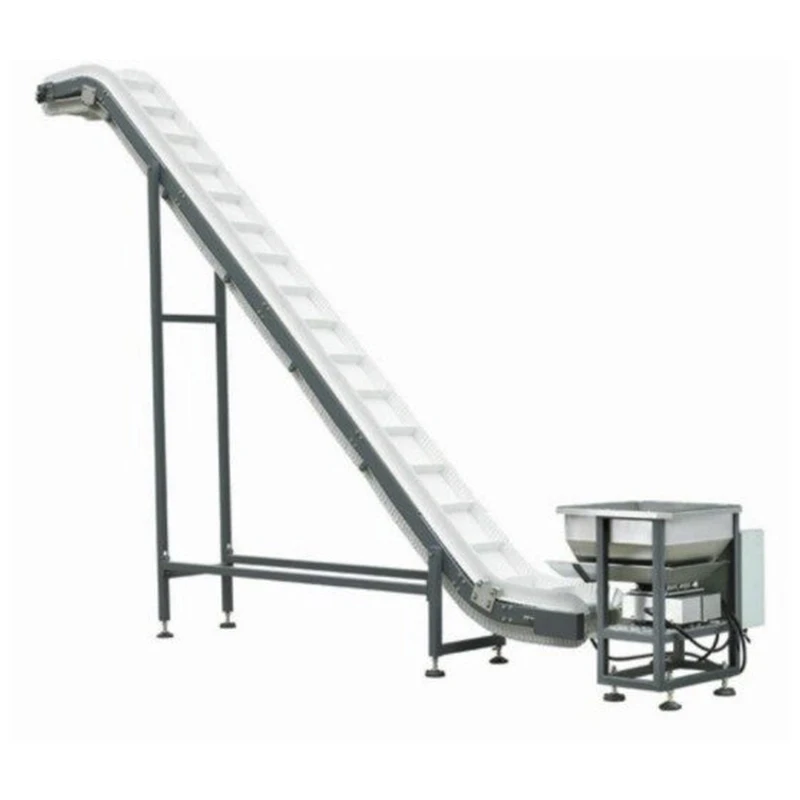Understanding Ancillary vs. Auxiliary Equipment: A Comprehensive Guide
In the world of technology, manufacturing, and industrial processes, the terms “ancillary” and “auxiliary equipment” often come up. These terms might seem interchangeable at first glance, but they refer to distinct categories of equipment that play different roles in supporting primary operations. Understanding the nuances between ancillary and auxiliary equipment can be crucial for optimizing operations and ensuring the smooth functioning of systems. In this blog post, we’ll explore these terms in depth, highlight their differences, and provide practical insights into how they are used in various industries.
What is Ancillary Equipment?
Ancillary equipment refers to secondary systems and devices that support the main equipment in a process or operation. These devices are essential for the overall functionality but are not directly involved in the core process. They perform tasks that help maintain the primary equipment's efficiency and effectiveness.
Examples of Ancillary Equipment:
- Cooling Systems: In a large industrial plant, cooling systems help regulate the temperature of critical machinery. While not part of the main machinery, they are crucial for preventing overheating and ensuring optimal performance.
- Lubrication Systems: Machinery often requires lubrication to function smoothly. These systems provide the necessary lubrication to reduce friction and wear on components, thereby extending the equipment’s lifespan.
- Power Supplies: Backup generators and uninterruptible power supplies (UPS) are considered ancillary equipment. They ensure that the main equipment continues to operate during power outages or fluctuations.
Functions of Ancillary Equipment:
- Support: Ancillary equipment supports the primary machinery by ensuring optimal operating conditions.
- Maintenance: It helps in maintaining the primary equipment, reducing downtime, and increasing efficiency.
- Safety: By managing temperature, lubrication, and power, ancillary equipment helps in preventing accidents and extending the life of the primary machinery.
What is Auxiliary Equipment?
Auxiliary equipment, on the other hand, directly assists the primary machinery in performing its main functions. These devices often play a more integral role in the primary process but are still not the core equipment. Auxiliary equipment can be seen as an extension of the primary machinery, enhancing its capabilities and efficiency.
Examples of Auxiliary Equipment:
- Conveyors: In a manufacturing plant, conveyors move products from one machine to another, facilitating smooth and continuous production processes. They are integral to the production line but are not the main equipment themselves.
- Pumps: Pumps are used to move fluids through systems, such as in a chemical processing plant where they might transfer chemicals between reactors.
- Grippers and Handlers: In automation systems, grippers and handlers assist in the manipulation of objects, aiding in the assembly and production processes.
Functions of Auxiliary Equipment:
- Enhancement: Auxiliary equipment enhances the capabilities of the primary machinery, improving efficiency and productivity.
- Integration: It integrates with the main equipment to streamline processes and achieve desired outcomes.
- Optimization: By performing specific tasks, auxiliary equipment helps optimize the overall operation, ensuring smoother and more efficient production.

Key Differences Between Ancillary and Auxiliary Equipment
Understanding the distinction between ancillary and auxiliary equipment is important for proper system design and management. Here’s a breakdown of their key differences:
Role in the Process:
-
- Ancillary Equipment: Supports and maintains the main equipment but does not directly contribute to the core process.
- Auxiliary Equipment: Directly assists the primary machinery in performing its functions and often enhances its capabilities.
Integration:
-
- Ancillary Equipment: Generally operates independently of the core process but is essential for maintaining optimal conditions.
- Auxiliary Equipment: Works closely with the primary machinery to streamline and enhance the production or operational process.
Impact on Efficiency:
-
- Ancillary Equipment: Affects the efficiency indirectly by supporting the main machinery.
- Auxiliary Equipment: Directly impacts efficiency by facilitating and optimizing the primary process.
Practical Applications and Examples
To better understand how ancillary and auxiliary equipment fit into real-world scenarios, let’s look at a few practical applications:
Manufacturing Plants:
-
- Ancillary Equipment: In a car manufacturing plant, ancillary equipment might include cooling systems for machinery and air filtration systems to maintain a clean environment.
- Auxiliary Equipment: Conveyor belts and robotic arms are examples of auxiliary equipment that directly assist in assembling cars and moving parts through the production line.
Chemical Processing:
-
- Ancillary Equipment: In a chemical plant, ancillary equipment could include temperature control systems and emergency shutdown systems.
- Auxiliary Equipment: Pumps and mixers are auxiliary equipment that directly help in the mixing and transfer of chemicals.
Data Centers:
-
- Ancillary Equipment: Data centers rely on ancillary equipment like backup power supplies and cooling units to keep servers operational and prevent overheating.
- Auxiliary Equipment: Network switches and routers are auxiliary equipment that help in managing and directing data traffic between servers.
Choosing the Right Equipment
When selecting ancillary or auxiliary equipment, several factors need to be considered:
- Compatibility: Ensure that the equipment is compatible with your existing systems and machinery.
- Efficiency: Choose equipment that enhances the efficiency of your processes without causing unnecessary downtime.
- Cost: Consider the cost of the equipment in relation to its benefits and potential return on investment.
Conclusion
In summary, while both ancillary and auxiliary equipment play crucial roles in supporting primary operations, they serve different purposes. Ancillary equipment provides essential support by maintaining optimal conditions, whereas auxiliary equipment directly assists in performing core functions and enhancing productivity. By understanding the differences and applications of these types of equipment, you can make informed decisions that optimize operations, improve efficiency, and ensure the smooth functioning of your systems.
Whether you’re managing a manufacturing plant, running a chemical processing facility, or overseeing a data center, recognizing the roles and importance of ancillary and auxiliary equipment is key to achieving operational excellence.


